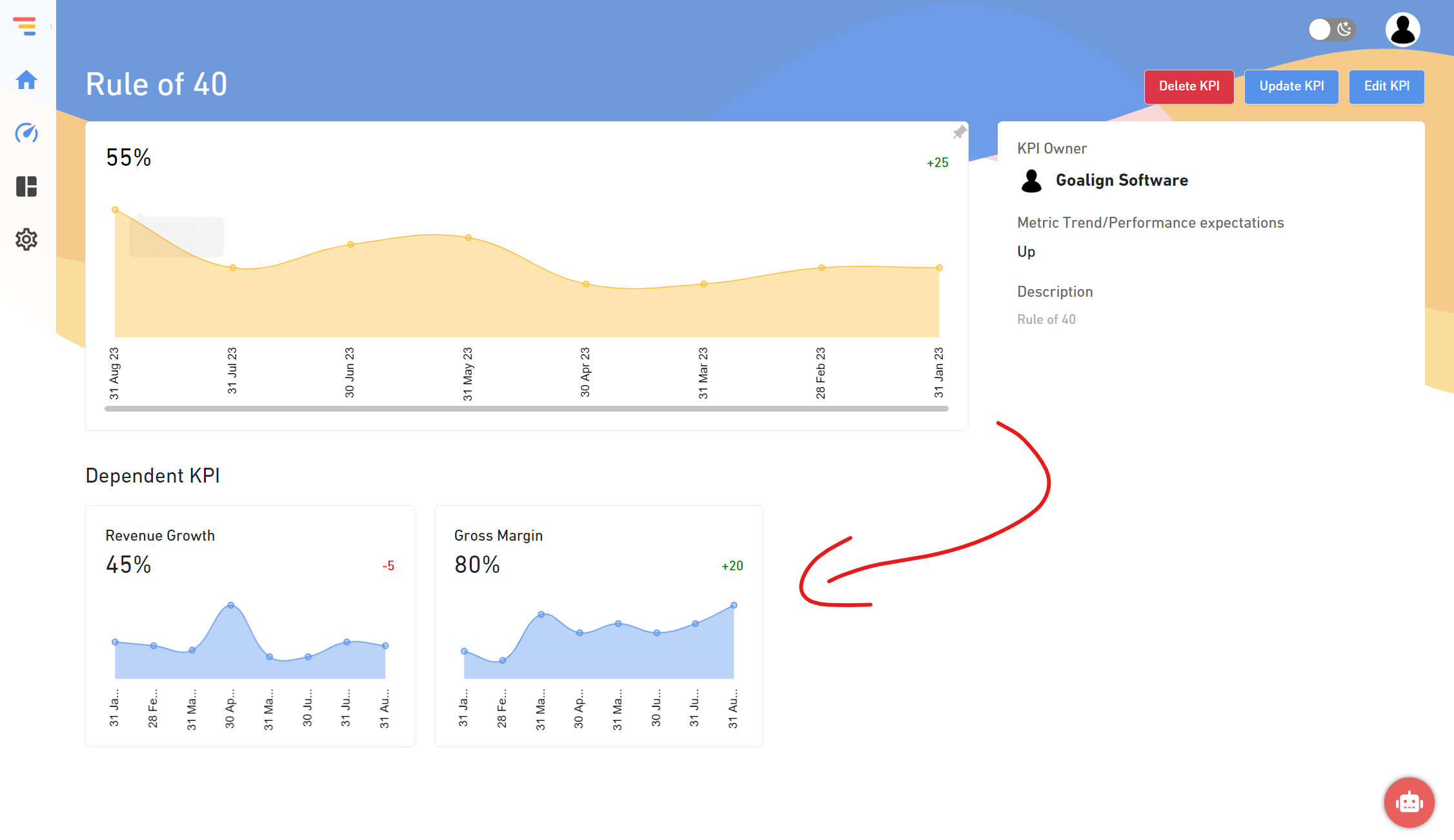It is complex to use statistics to demonstrate the worth of a college or institution. Higher education generates a massive quantity of data that may be utilized to assess the performance of students, teachers, facilities, and the institution, but where do educators start? Identifying your key performance indicators is the first step in proving value and assessing performance (KPIs).
Precisely what are KPIs or Key Performance Indicators?
Key performance indicators (KPIs) are performance measurements that may be monitored, evaluated, and analyzed. KPIs are common in business and marketing since they are used to build standards and monitor competitiveness.
Higher education key performance indicators (KPIs) determine how an institution, program, department, course, or even a student is moving toward its objectives. KPIs are not objectives in and of themselves; they are tools for understanding and measuring achievement.
Higher education KPIs are necessary, such as IPEDS measures, for any institution or university that wishes to participate in federal student financing programs. The College Scorecard from the United States Department of Education likewise gathers measurements and provides them in an easy-to-read style for prospective students.
Example of a Higher Education KPI
Enrollment KPIs are now the most discussed higher education KPIs. If an English department sees consistent enrollment losses in specific courses, they may utilize the year-over-year enrolment KPI to determine when and by how much enrollments are declining. After tracking this KPI for a certain amount of time, the department may decide if these courses should be dropped or merged into other areas.
In this case, a target may be to raise section fill rates by 20% over the following two years. Of course, this will need to be examined to see whether it is a reasonable aim given the English department’s budget, and it will require the formation of a team to devise an enrollment-increase plan.
4 Ways Higher Education Can Maximize Their KPIs
As seen in the examples above, KPIs are only a beginning point. Institutions should prioritize the four processes listed below to get full advantages.
1. Find your bearings and set some goals.
Before anything else, you must establish clear goals and objectives. However, merely declaring that you want to boost enrollments is insufficiently concrete and gives too much space for subjectivity.
Consider the following: It’s one thing to say, “I’d want to lose weight,” but what exactly does it imply? What motivates you to lose weight? Do you want to drop one or ten pounds? And how soon do you want to lose weight? A broad statement with no strategy will only set you up for failure.
Northeastern Illinois University (NEIU) keeps a public KPI progress report, which includes a list of goal values and upcoming measurement dates. Their objectives are well specified, including survey findings, frames of reference, measurement frequencies, and visual charts. Looking at this progress report, it’s apparent that NEIU is laser-focused on their objectives and how certain KPIs will help them get there.
2. Effective Metrics for Strategic Arranging
A strategic plan for an organization should portray a clear image of its aims and vision for the year, and KPIs may play an essential part in this.
Is expanding the nursing program one of your college’s priorities this year? KPIs will be required to create a baseline of how the program was doing before the expansion and then monitor the program’s performance following the development. KPIs like enrollments, course success rates, and licensure test pass rates will reveal if the growth was successful over time.
3. Put Together the Right Team
KPIs in higher education must be established and agreed upon by the president, vice president, deans, researchers, and, in some instances, specific committees. The precise individuals engaged will rely on the amount to which the KPIs will be utilized — for example, particular measurements for an English department may not need involvement from the dean of psychology.
Once officially established, KPIs will need the participation of personnel from across campus to achieve the vision and direction you envision. You ensure that everyone is on the same page and clarify the strategy and goals behind your KPIs to everyone involved.
4. Make the Process Automated
Many administrative responsibilities in higher education have historically been handled manually, from Excel spreadsheets to PDF reports. However, institutions have much too much data to gather, manage, and analyze to measure KPIs manually.
It is in everyone’s best interest to deploy a higher education data analytics platform that can handle all the hard work. An automated software program will keep your data on demand for real-time views of key performance indicators (KPIs) like enrollments, faculty productivity, weekly student contact hours, and more.
Consider the load placed on your institution’s research department without an analytics program. They are the data gatekeepers and spend a significant amount of time receiving research and report requests when they might concentrate on more critical action items.
5 Key School Performance Indicators
You aim to raise student accomplishment, reduce disciplinary referrals, enhance attendance and graduation rates, and boost teacher satisfaction. Whew! That is NOT a simple process!
I’ll reveal a little-known success element that may substantially change all five critical indicators in as little as one school year. But first, let’s go through these five briefly.
Achievements of Students
If you do this incorrectly, tension rises on your campus, pupils lose motivation rapidly, and professors grow upset. But if you do it right, it’s praised in school, town, and boardroom, and you become a rock star among your peers.
Referrals for Discipline
If you get this corrected, your time and attention will be diverted to proper student conduct, redirection, and enforcing sanctions, and your instructors will get exhausted. However, if you do this correctly, your instructors and kids will be delighted since your campus will be safer, and teachers will feel valued.
Attendance Statistics
If you do this incorrectly, your pupils do not show up in class, are not learning, and their grades suffer. However, if you do this correctly, you will have a CHANCE to educate children since they are in the classroom. In many circumstances, financing is contingent on your attendance rate!
Rates of Graduation
If you get this wrong, your dropout rates will rise, kids in your community will be unprepared for postsecondary employment and prospects, violence in your neighbourhood will increase, and real-estate prices in your region will fall. However, if you do this right, students and parents will regard your campus as a place to learn the skills they need to succeed in postsecondary education and, more significantly, in their future employment.
Teacher Contentment
If you do this correctly, it will be easier to attract good instructors, your teacher retention rate will improve, and campus complaints will abound from the teacher’s lounge to social media. However, if you do this right, your teachers will be thrilled about chances to assist children in achieving, see potential rather than issues, and be eager to go above and beyond to innovate and extend education outside the classroom.






